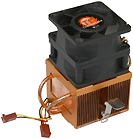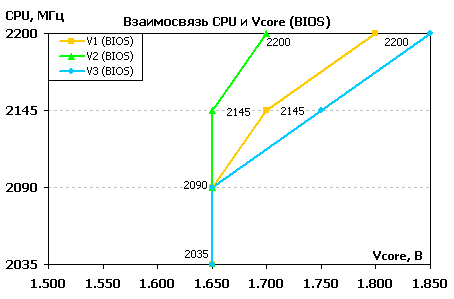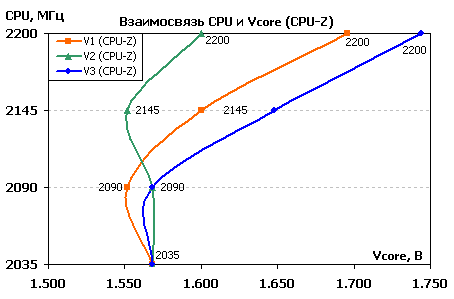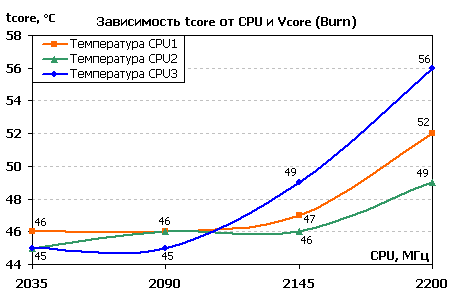Continuing the series of articles devoted to the acceleration produced by AMD's processors, we come back to the definition of AMD Athlon XP 2500+ processor overclocking potential on the Barton core, so beloved by overclockers. In a previous article studied processors release of the 10th week of 2004 , today is the turn of the 17th processors week of release (AQXFA0417UPMW).
Technical characteristics of the model of the processor are presented in the catalog of goods Company F-Center.
Testing processors in accordance with the spent procedure to open the stand the following configuration:
- Motherboard Abit NF7 rev.2.0 (BIOS 2.4)
- Cooler Cooler Master HHC-L61 (with two fans)
- Thermal interface KPT-8
- 512 MB RAM (2 x Kingston KHX3200 / 256) (2-2-2-6-1)
- Video card nVidia GeForce FX 5700 Ultra 128MB (475/906 MHz)
- IBM IC35L040AVER07 Hard Drive 40GB
- Power Supply Power Master PM-350W (350W)
I would like to linger for a few used in the testing equipment. It has been in the conference the view that the test AMD processors is, firstly, to use a motherboard that is able to obtain information about the temperature sensor with a built-in processor, and secondly, be used to test the cooler Zalman CNPS7000A-Cu. It was to take Asus A7N8X-X available for this purpose motherboards decided. But quickly it became clear that described in one of the articles on this site problem is the inability to increase the CPU voltage more than 1.75 V, left, border, this is only slightly shifted and reached 1.85 V. Given the still and the lack of support of the board dual-channel mode working memory, it was decided to give it up and continue testing on Abit NF7, especially since the data given in the article, "statistics Summary AMD Athlon XP 2500+ overclocking (Barton) 2004" said that many use this particular card.
As the cooler, the Zalman on this motherboard is not installed - interfere with the capacitors located near the processor socket, solder the same instance can not charge. Use continue TT VOLCANO 7 not like for two reasons: first, there was doubt that it cools effectively the processor; Secondly, I still during the previous test cycle put out a nightmarish procedure for its removal / installation by means of a screwdriver, that and strive to break the lock and poke thorn in the motherboard PCB.
The esteemed Doors4ever was granted cooler the Cooler the Master the HHC-L61 , but it had one huge drawback - its fan speed is clearly not enough to solve its task. After some refinement of fixing holes on top of the regular malooborotistym fan of this cooler was installed another fan with 7000 rpm rotational speed. The study revealed a significant advantage of this design over TT VOLCANO 7: if indicated motherboard sensor with FSB 195 MHz and Vcore 1.75 The processor at maximum load heated using TT VOLCANO 7 to 56 degrees, while using Cooler Master HHC-L61 only to 49. On that note, it was decided to stop.

From the experiments undertaken for three instances of processors from one (the first in the test results) kernel color slightly different from the other two.


But, as can be seen from the table below, the test result is no impact.




All three copies stably worked only at the frequency of system bus 200 MHz, though, knowing sinful deed in memory errors, I reduced its frequency, but the effect it had no effect. Only the second instance started at FSB 205 MHz with a supply voltage of 1.875 V and has been passed tests for stability, but after the restart the computer categorically refused to be included, had to reset the BIOS jumper.


The results of performance tests are shown in the table below:



Comments
Commenting, keep in mind that the content and the tone of your messages can hurt the feelings of real people, show respect and tolerance to his interlocutors, even if you do not share their opinion, your behavior in terms of freedom of speech and anonymity offered by the Internet, is changing not only virtual, but real world. All comments are hidden from the index, spam control.